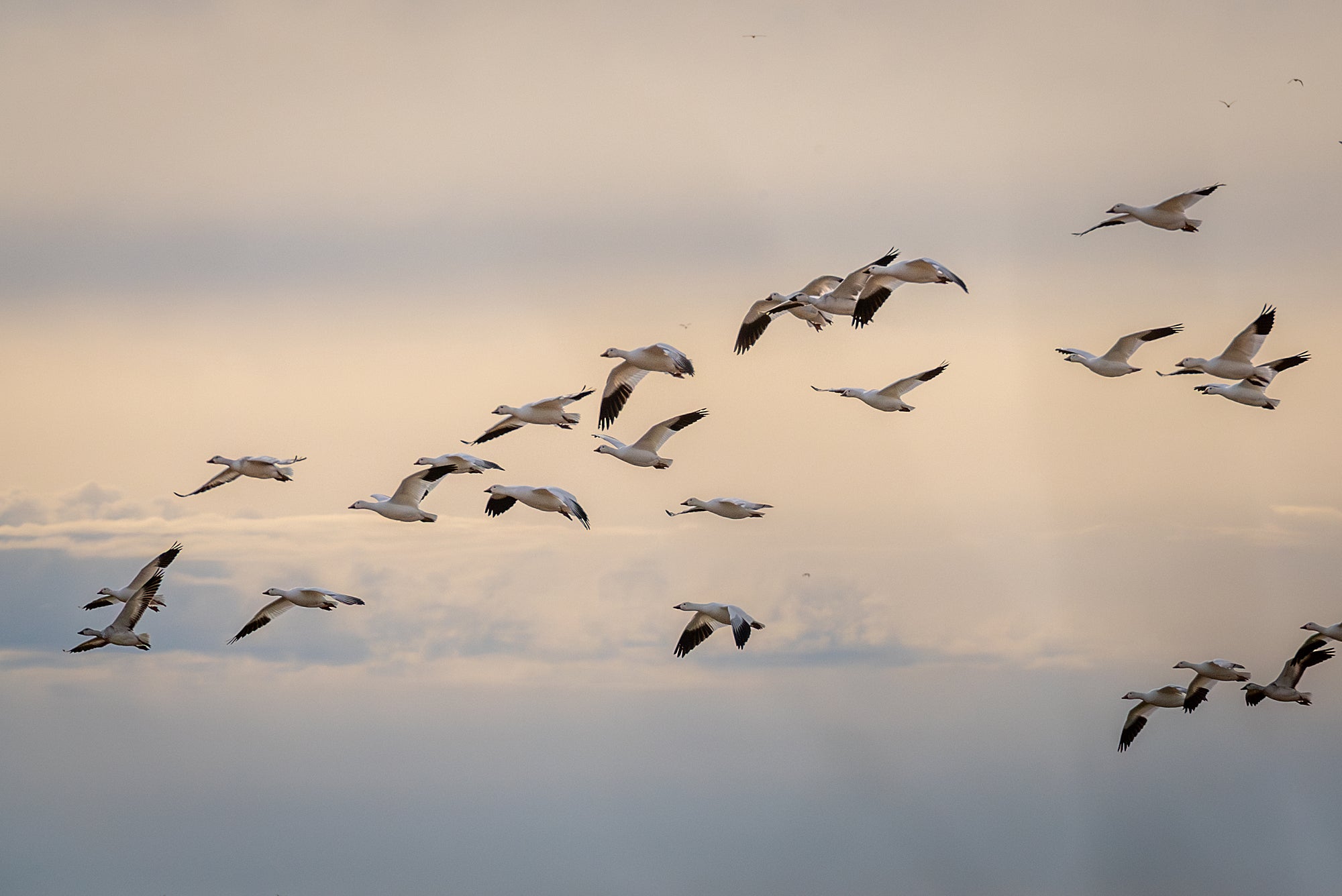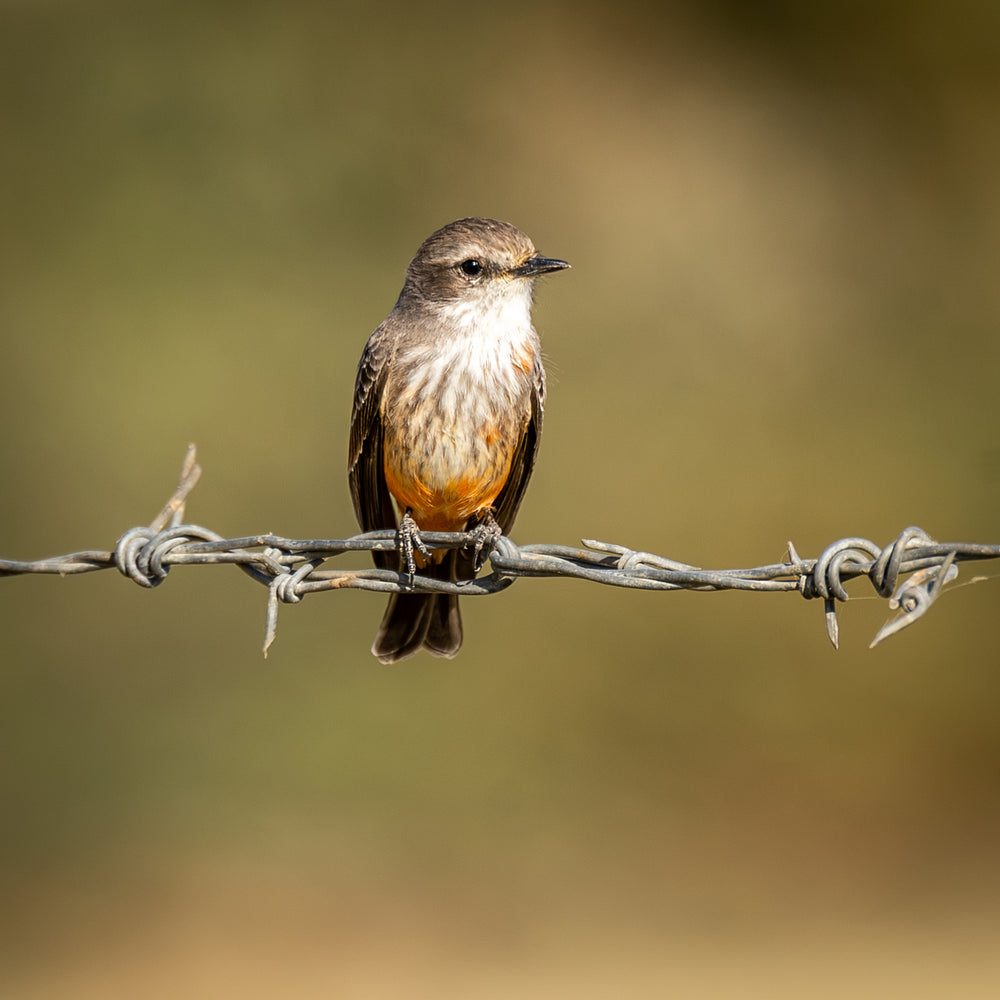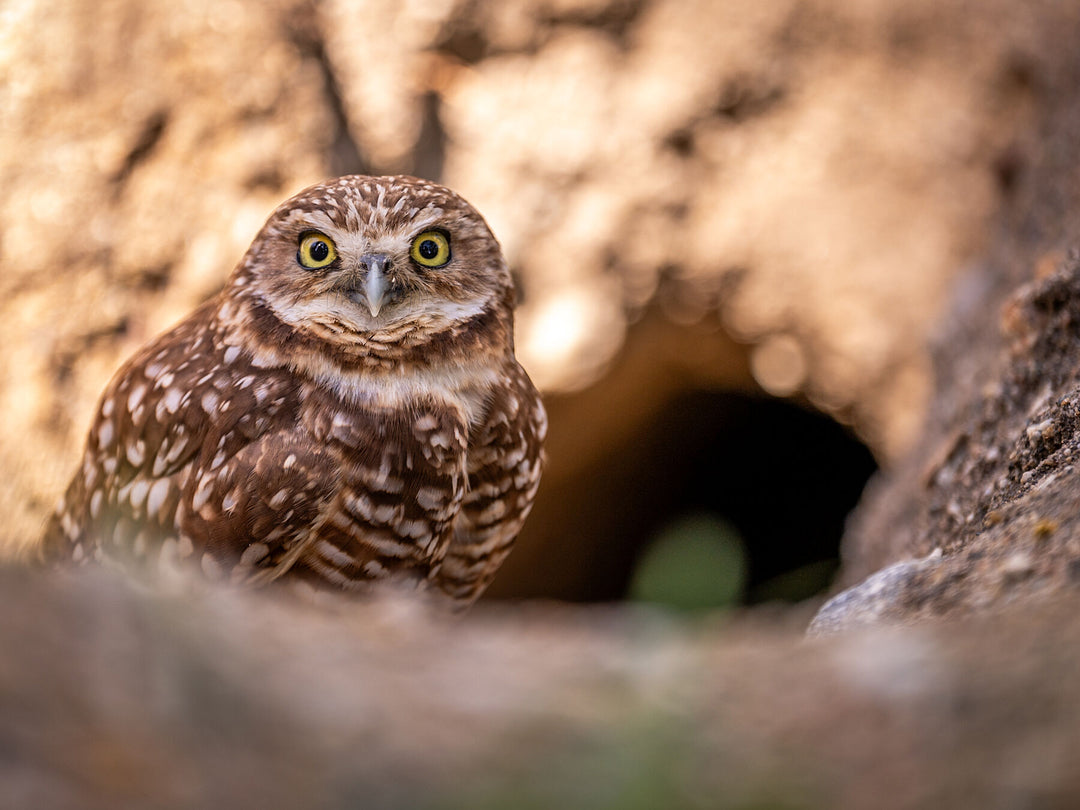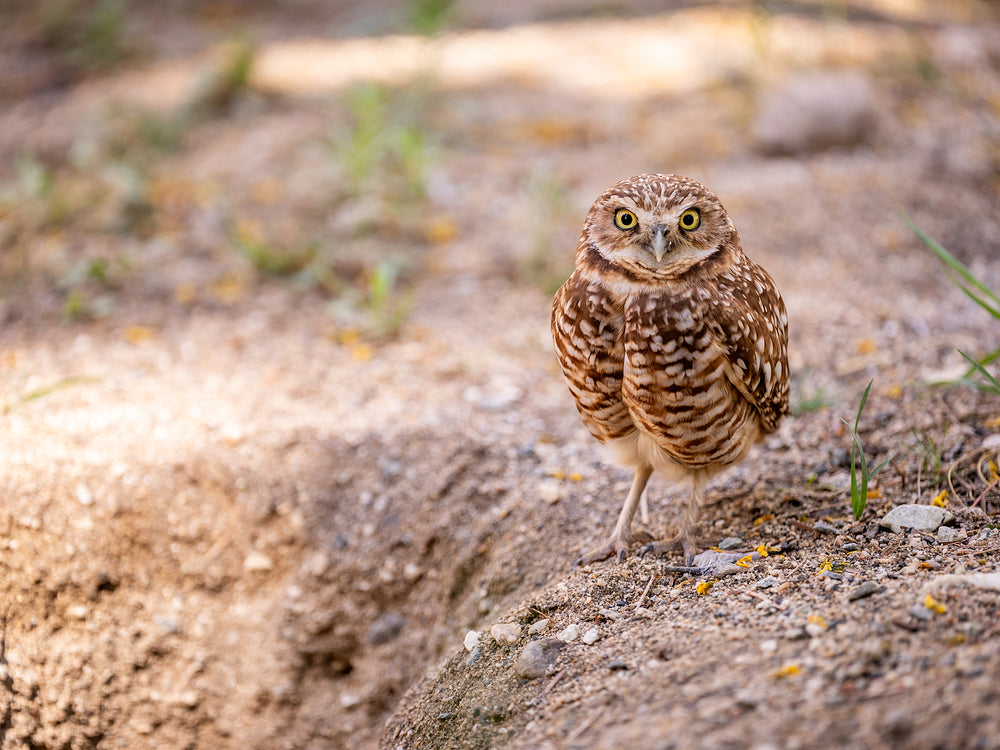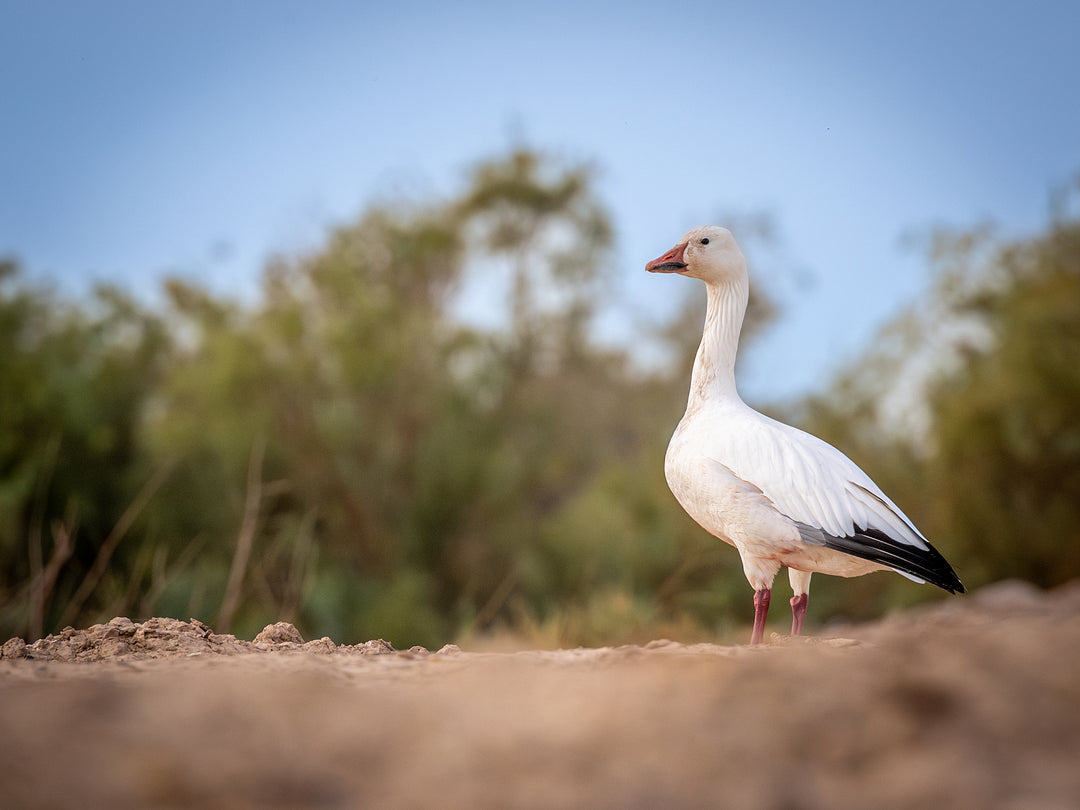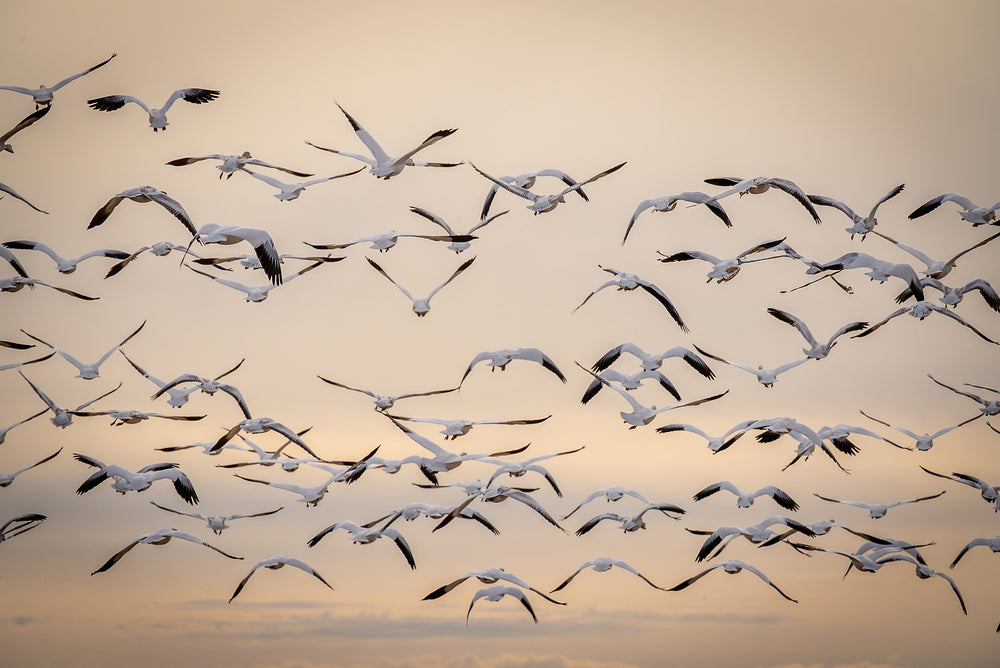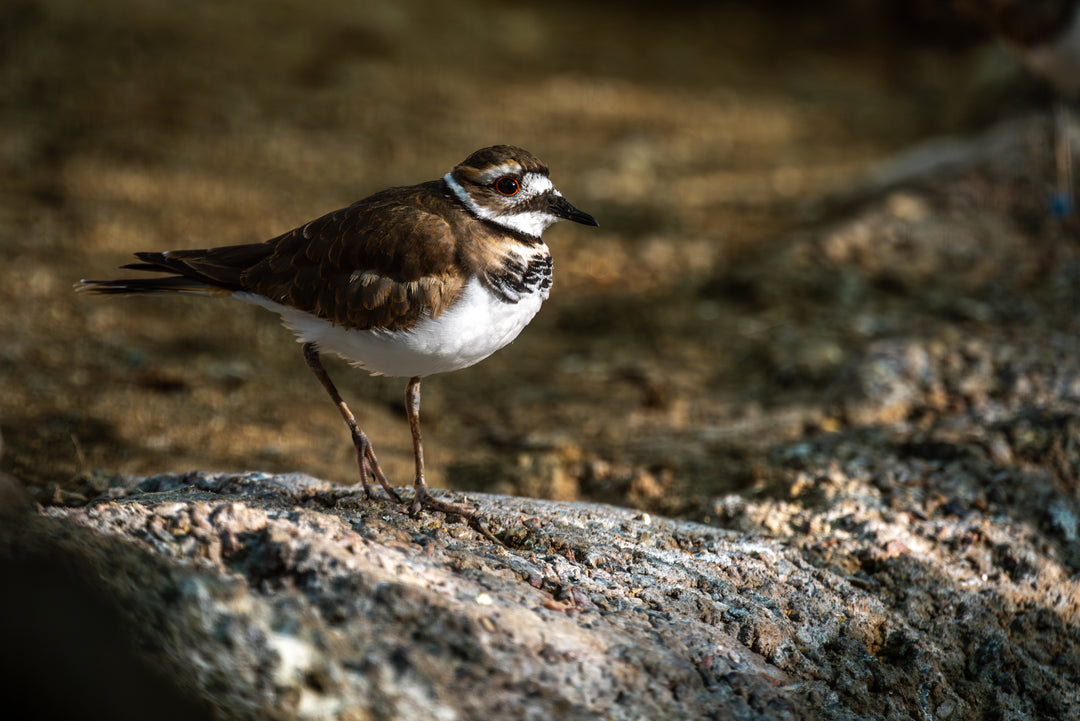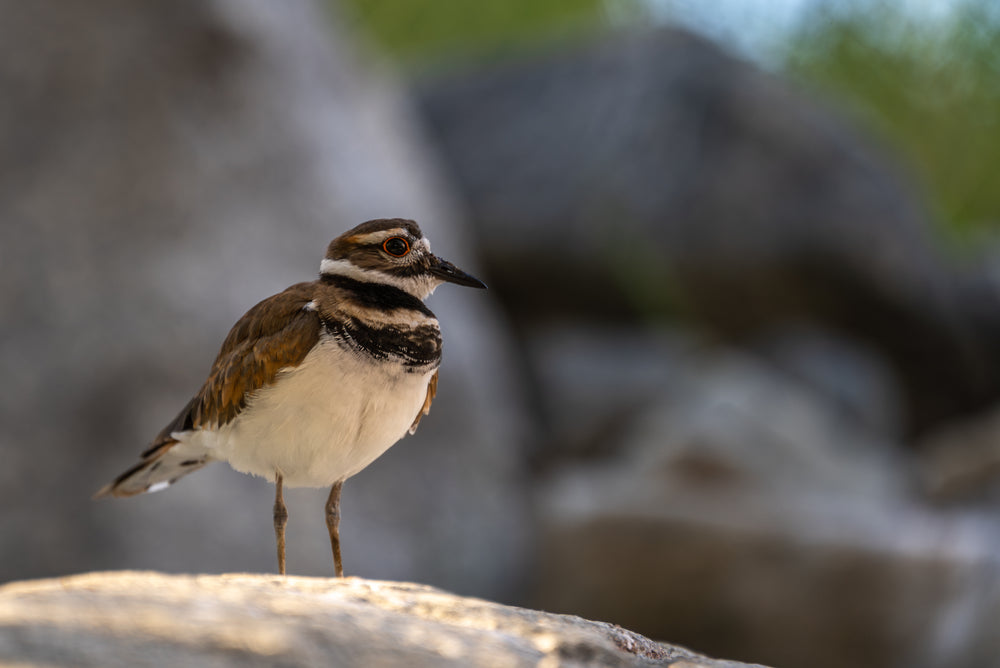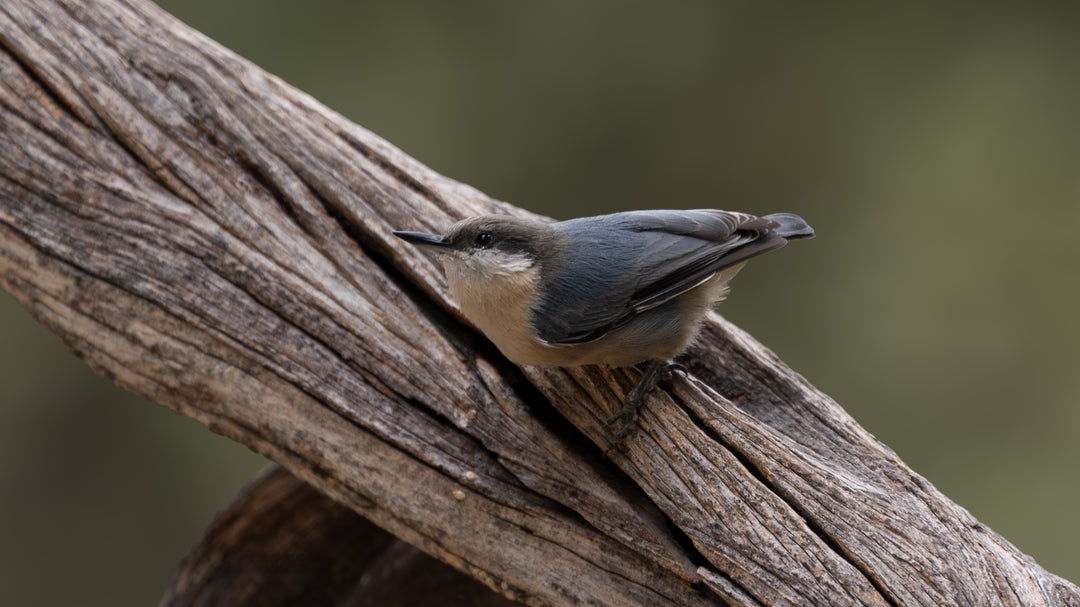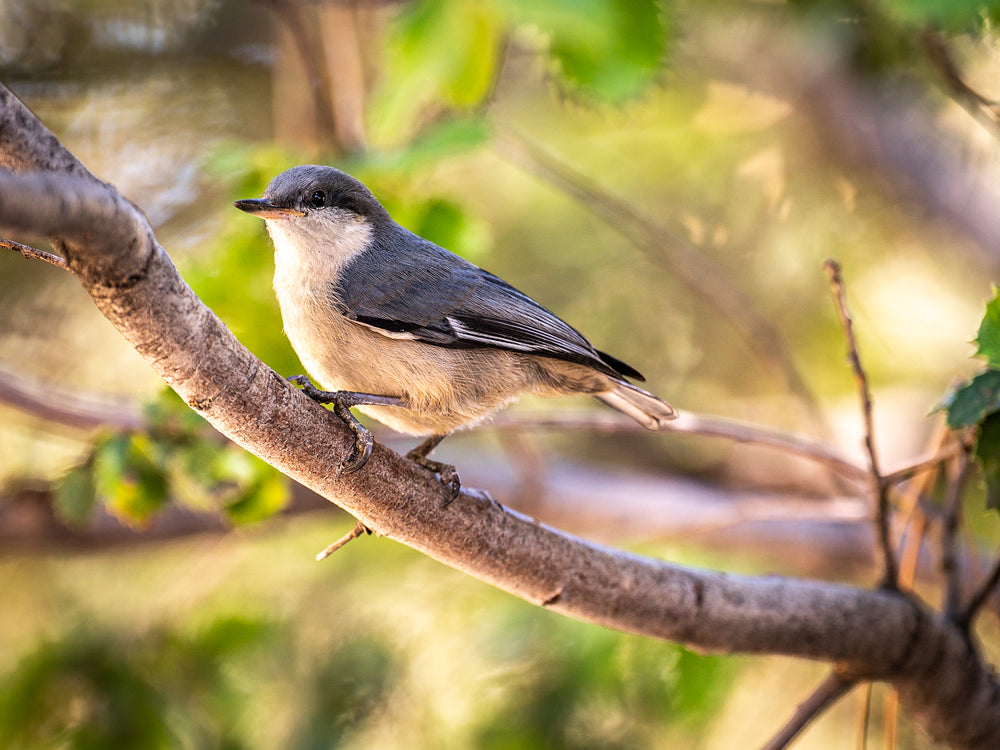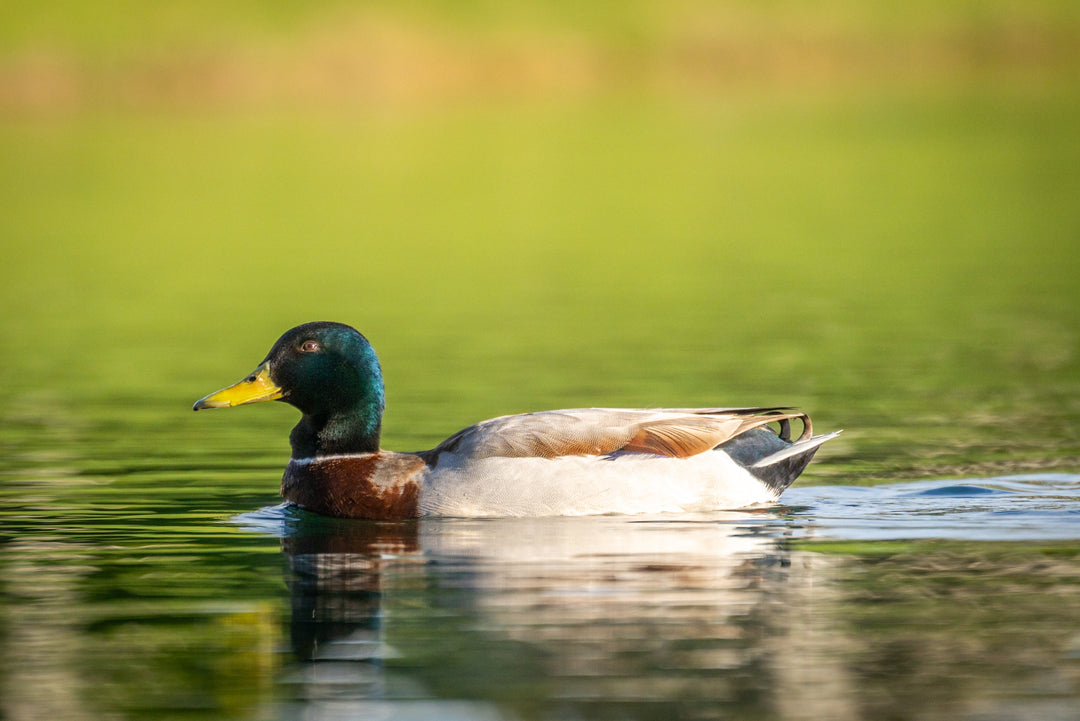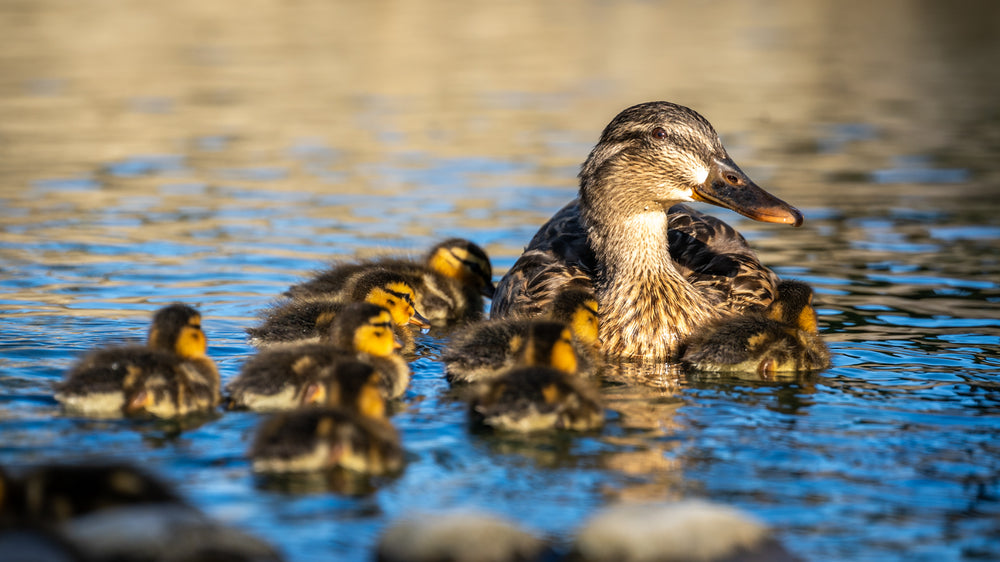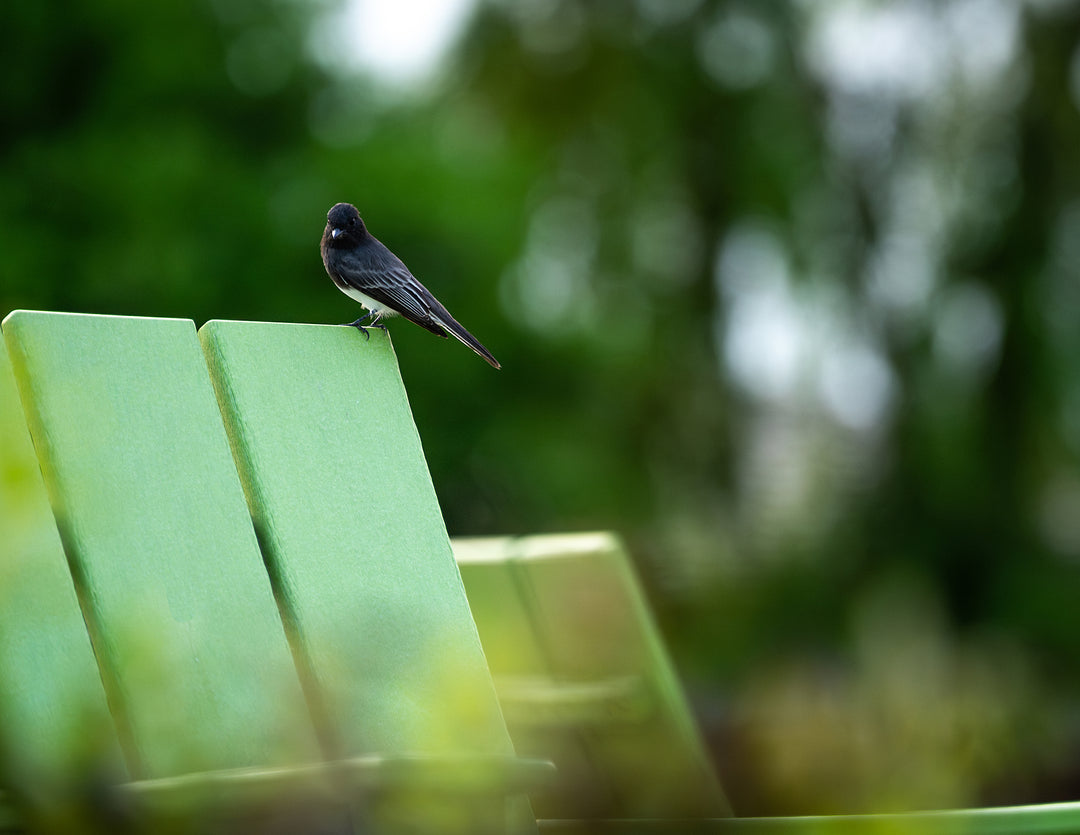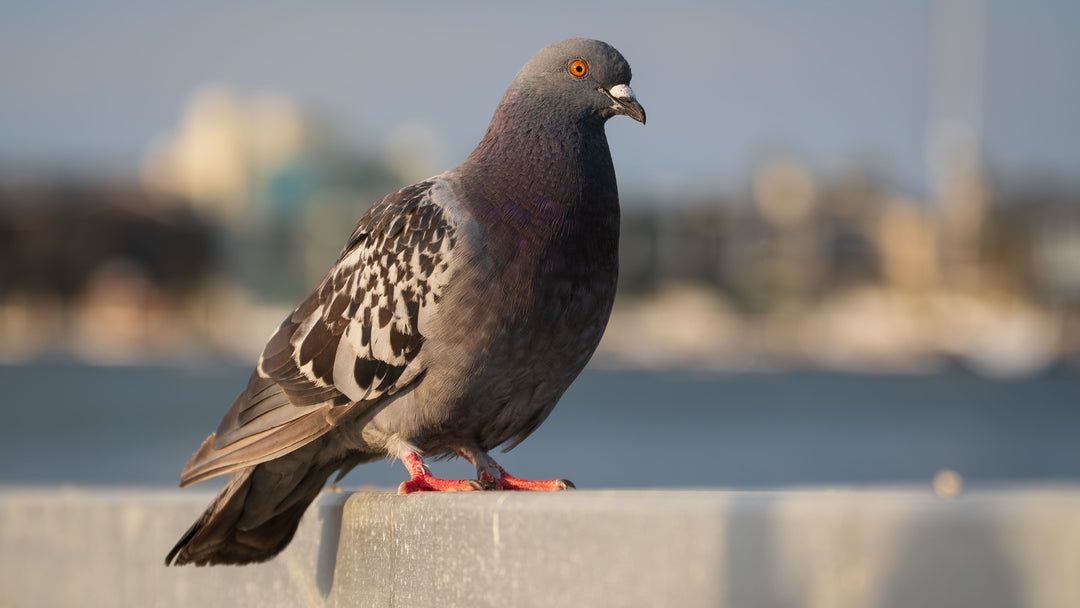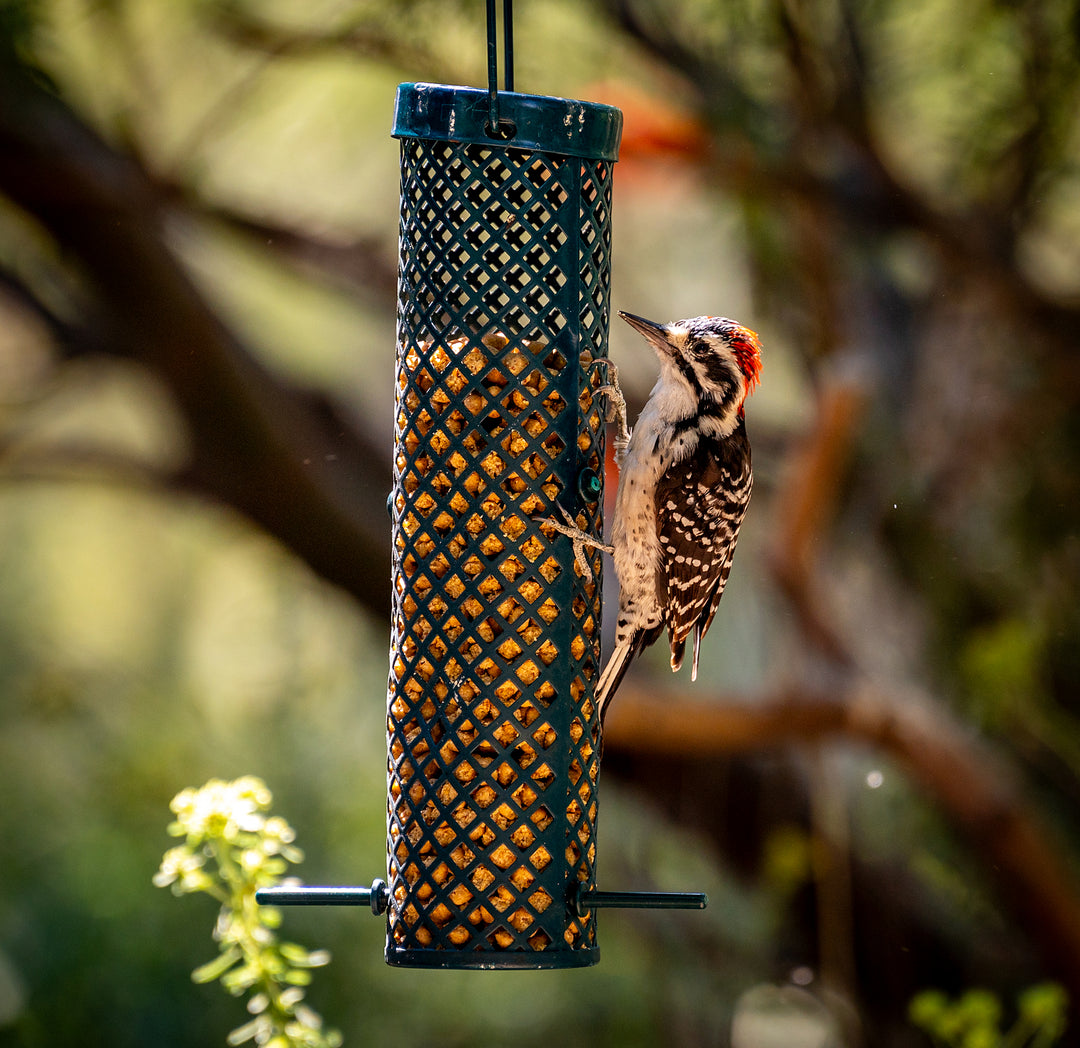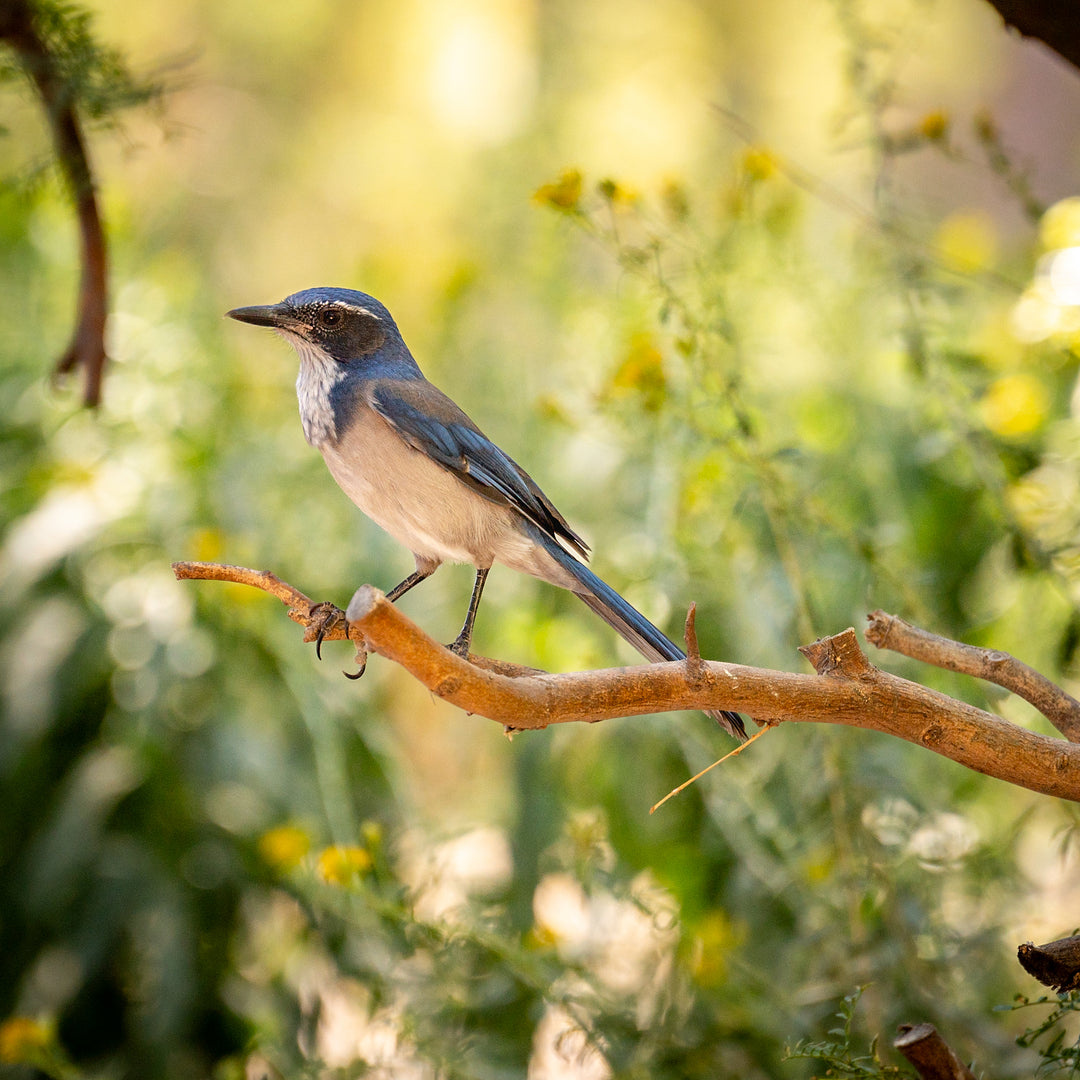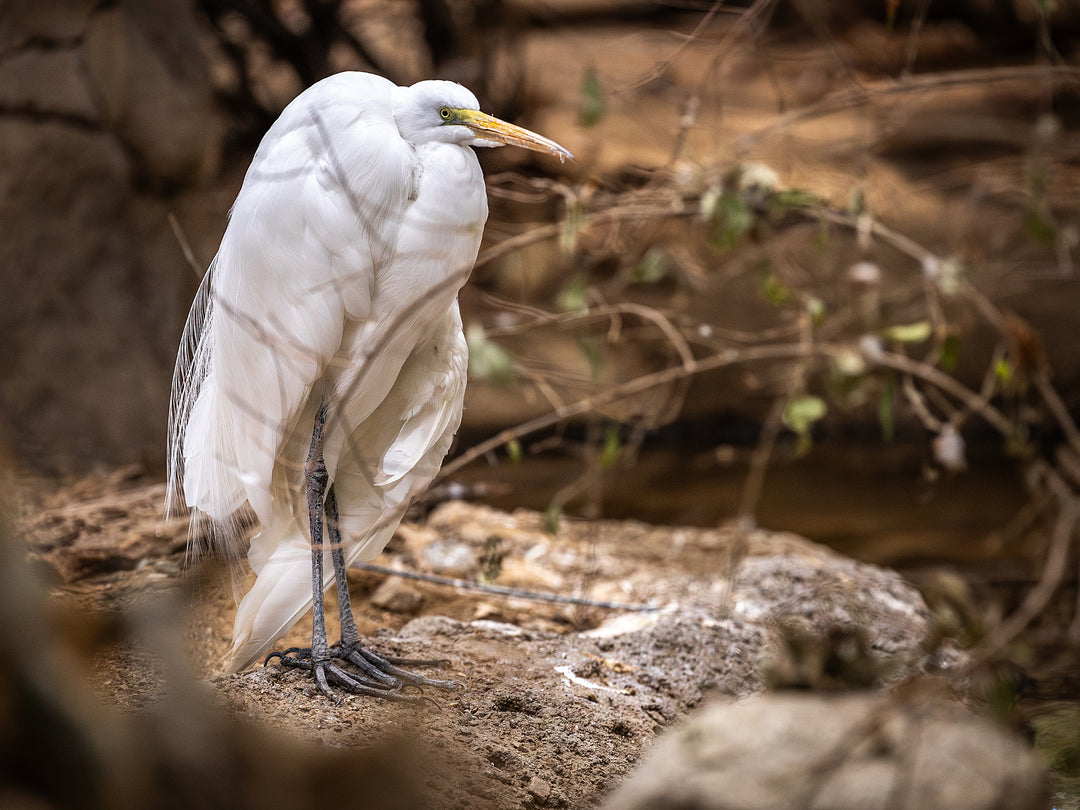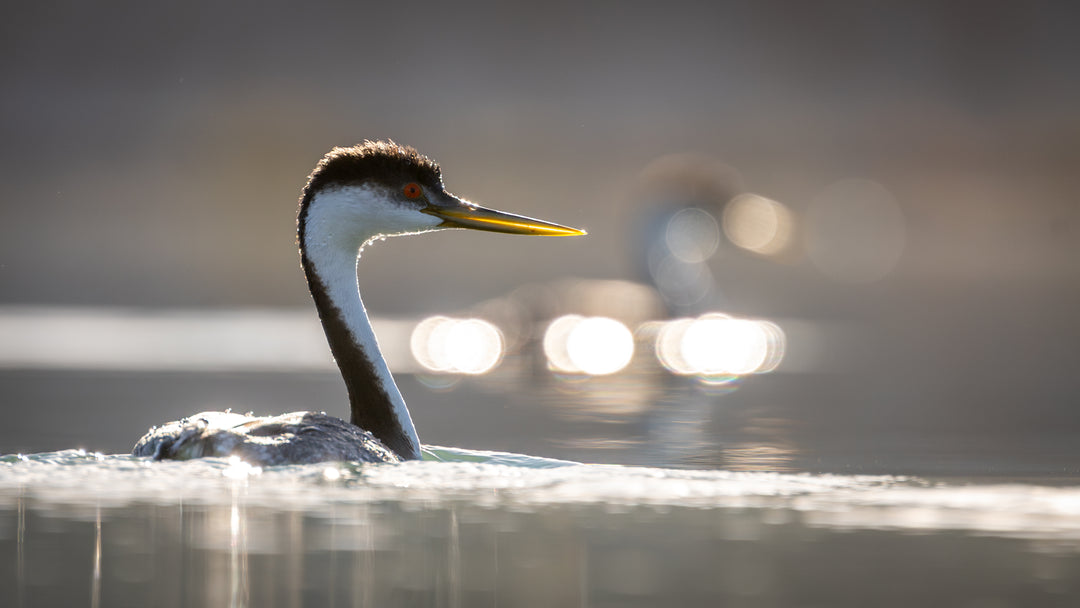
Western Grebe
A striking waterbird known for its elegant appearance, elaborate courtship dances, and expert diving abilities. While not a year-round resident of the Coachella Valley, it can be found in nearby lakes, reservoirs, and wetlands, particularly during migration and winter.
Identification & Appearance
- Size: Large for a grebe, about 22-30 inches (56-76 cm) long with a wingspan of 31-40 inches (79-102 cm).
- Body: Slender with a long, swan-like neck.
- Coloration: Black upperparts and contrasting white underparts.
- Head: Distinct black cap extending down to the red eyes.
- Bill: Long, straight, and sharp yellow-green.
- Legs & Feet: Positioned far back on the body, making it an exceptional swimmer but awkward on land.
Behavior & Adaptations
- Expert diver, using its powerful legs to chase fish underwater.
- Performs elaborate courtship dances, including the famous "rushing" display, where pairs run across the water in synchronized motion.
- Rarely flies except during migration, relying on water bodies for movement.
- Floats low in the water, often appearing as a dark shape with just its head and neck visible.
Habitat & Range
- Found in large freshwater lakes, reservoirs, and slow-moving rivers.
- Breeding populations are primarily in California, the Pacific Northwest, and the Great Basin.
- Winters along coastal areas and inland water bodies, sometimes venturing into Salton Sea or reservoirs near the Coachella Valley.
Diet
- Primarily fish, caught by diving and spearing with its sharp bill.
- Occasionally eats invertebrates, crustaceans, and amphibians.
- Swallows prey underwater and regurgitates indigestible parts.
Nesting & Reproduction
- Builds floating nests anchored to reeds or vegetation.
- Lays 3-5 pale blue eggs, incubated by both parents.
- Chicks are precocial, able to climb onto their parents' backs shortly after hatching for protection.
Conservation Status & Threats
-
Not endangered, but populations are affected by:
- Habitat loss due to wetland drainage and water pollution.
- Entanglement in fishing lines and nets.
- Climate change impacts on breeding and wintering habitats.
The Western Grebe is a graceful and fascinating species, known for its incredible courtship displays and strong swimming abilities. While it may not be a frequent sight in the Coachella Valley, nearby water bodies provide important stopover and wintering habitats for this remarkable bird. 🦆💦
Places Seen 📍: Lake Cahuilla.
